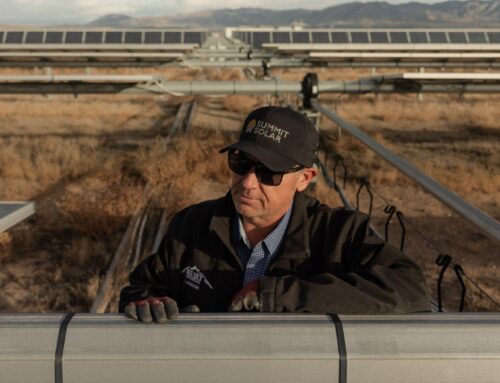Taiwan Invested $165 Billion. Trump Hit Back With Tariffs.
April 5, 2025
ByTsvetana Paraskova– Apr 05, 2025, 6:00 PM CDT
- Taiwan was hit with a steep 32% U.S. tariff despite recent commitments to invest $165 billion in U.S. chip manufacturing.
- Taiwan’s President responded to the tariffs, saying “We feel that these measures are unreasonable, and we are also worried about the possible impact on the global economy.”
- Last month, Taiwan’s state-held oil and gas company CPC Corporation signed a letter of intent to invest in the $44-billion Alaska LNG export project and buy LNG from it.

Taiwan may have thought that it had bought its way out of hefty U.S. tariffs with last month’s announcement of a $100-billion investment in chip factories in the United States.
Oh, was Taiwan wrong. As President Donald Trump’s tariff plan dropped on Wednesday, Taiwan – and the world and markets – realized the actual tariffs are higher than feared.
‘;
document.write(write_html);
}
Taiwan was slapped with a 32% tariff, which the government described as “highly unreasonable”, “unfair”, and “deeply regrettable.”
Taiwan had just made some big commitments to invest in the U.S. and in U.S. energy projects.
Last month, Taiwan’s state-held oil and gas company CPC Corporation signed a letter of intent to invest in the $44-billion Alaska LNG export project and buy LNG from it as part of a move to bolster its gas supply and energy security.
Taiwan is so far the only Asian country to have committed investments and backing to the Alaska LNG project despite the state of Alaska and the Trump Administration’s weeks-long courting of investors from north Asia, such as Japan and South Korea.
Taiwan’s semiconductor maker TSMC also announced in March its intention to expand its investment in advanced semiconductor manufacturing in the United States by an additional $100 billion. Building on the company’s ongoing $65 billion investment in its advanced semiconductor manufacturing operations in Phoenix, Arizona, TSMC’s total investment in the U.S. is expected to reach $165 billion. The expansion includes plans for three new fabrication plants, two advanced packaging facilities, and a major R&D team center, solidifying this project as the largest single foreign direct investment in U.S. history.
TSMC’s major customers include Apple, NVIDIA, AMD, Broadcom, and Qualcomm.
Ironically, also thanks to its semiconductor exports to the U.S., Taiwan has a large trade surplus with the United States. This means a large trade deficit for America, which President Trump doesn’t want to see anymore. Hence, the tariffs.
Taiwan got one of the highest tariffs, at 32%. Notably, semiconductors are exempted from all U.S. tariffs on imports from any country.
Taiwan said that the U.S. tariff was “unfair to Taiwan,” as it “does not accurately reflect the trade and economic situation” between the two sides.
Taiwan’s cabinet will seek clarification and continue negotiations with the U.S. over the tariffs.
Taiwanese President Lai Ching-te said “Taiwan values its strong economic partnership with the US. Our trade surplus with the US is a result of policy shifts, not unfair trade practices. We look forward to working closely with the US to ensure a fair, mutually beneficial approach that strengthens our shared prosperity.”
The president also noted in a Facebook post “We feel that these measures are unreasonable, and we are also worried about the possible impact on the global economy.”
Concerns about the global economy exploded on all markets on Thursday. The main indexes on Wall Street tanked and registered the worst one-day drop since 2020. The S&P 500 index slipped into correction, falling by more than 10% from its February all-time high, as the prospect of a global trade war terrified many investors that a recession could be in the cards.
Oil prices were not spared, either. Oil took a one-two punch from the recession fears fueled by the U.S. tariffs and the OPEC+ decision to add in May triple the expected oil supply volumes.
Oil prices tanked 7% on Thursday, and Brent Crude prices fell below $70 per barrel. The U.S. benchmark, WTI Crude, dipped to $66 a barrel—dangerously close to the average $65 per barrel price U.S. producers need to profitably drill a new well, as they indicated in the Dallas Fed Energy Survey for the first quarter.
By Tsvetana Paraskova for Oilprice.com
More Top Reads From Oilprice.com
Search
RECENT PRESS RELEASES
Related Post




